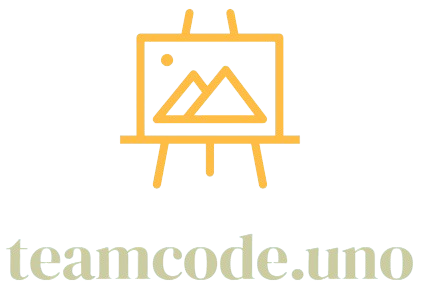Organizing an offline business conference involves significant investment in time, resources, and effort. To justify this investment and continually improve future events, it’s crucial to establish clear metrics for success. Key Performance Indicators (KPIs) provide a measurable framework to assess the conference’s effectiveness against its strategic objectives. While the specific KPIs may vary depending on the primary goals of the event (e.g., lead generation, brand awareness, thought leadership, education), a comprehensive approach will typically include metrics across several key areas.
1. Attendance & Reach:
- Total Registrations/Attendees: The most basic measure of interest and reach.
- Attendee Demographics: Breakdown by industry, job role, company size, geographical location – crucial for assessing if the target audience was reached.
- No-Show Rate: Percentage of registered attendees who did not show up. A high rate indicates issues with perceived value or logistics.
- Repeat Attendees: For recurring conferences, this indicates loyalty and satisfaction.
- Virtual Attendance (for hybrid events): Number of online participants.
2. Engagement & Experience:
- Session Attendance/Traffic: For individual sessions (measured via badge scanning or app usage), indicating content popularity.
- Event App Engagement: Downloads, active users, time spent in app, features used (e.g., networking, Q&A, agenda building).
- Social Media Mentions & Hashtag Usage: Volume and sentiment of conversations around the event.
- Q&A Participation: Number and quality of questions asked in sessions.
- Networking Activity: Number of connections made via the app, participation in networking events.
- Booth Visits/Interactions (for exhibitors): How many attendees visited exhibit booths.
3. Content Effectiveness:
- Speaker Ratings: Feedback on speaker quality, relevance of content, and presentation style (via surveys).
- Session Ratings: Feedback on the value, relevance, and overall quality of individual sessions.
- Key Takeaway Survey: Did attendees feel they gained actionable insights or learned new skills?
- Content Consumption (for hybrid/post-event): Views of recorded sessions, downloads of presentations.
4. Financial Performance:
- Total Revenue: From registrations, sponsorships, exhibitors, and other sources.
- Total Costs: Including venue, AV, catering, marketing, staff, speaker fees.
- Profit/Loss: Overall financial outcome.
- Cost Per Attendee: Total cost divided by total attendees.
- Sponsorship ROI: Revenue generated from sponsorships versus the cost of delivering sponsor benefits.
5. Lead Generation & Business Impact (Crucial for Sales/Marketing Focused Events):
- Number of Qualified Leads: Collected by exhibitors and event organizers.
- Lead Conversion Rate: Percentage of leads that convert into opportunities or sales post-event.
- Sales Pipeline Influence: Value of sales opportunities influenced by conference participation.
- Media Mentions/PR Value: Tracking media coverage generated by the conference.
- Website Traffic Increase: Attributed to conference marketing efforts.
6. Sponsor & Exhibitor Satisfaction:
- Sponsor/Exhibitor Survey: Feedback on value, lead quality, support, and overall satisfaction.
- Renewal Rates: For recurring conferences, how many sponsors/exhibitors return.
7. Overall Satisfaction & NPS:
- Overall Event Rating: General satisfaction level of attendees, speakers, and sponsors.
- Net Promoter Score (NPS): “How likely are you to recommend this conference to a friend/colleague?” (on a scale of 0-10). This provides a quick pulse on loyalty and advocacy.
Implementing KPI Tracking:
- Pre-Event: Define KPIs, establish baseline metrics, set targets.
- During Event: Utilize event tech (apps, badge scanners) for real-time data collection. Conduct quick pulse surveys.
- Post-Event: Send comprehensive surveys. Consolidate all data from registration, app, social media, and financial systems.
- Analysis & Reporting: Create a detailed report summarizing performance against KPIs, highlighting successes, areas for improvement, and recommendations for future events.
By diligently tracking and analyzing these KPIs, organizers can move beyond subjective impressions to objective evidence of their conference’s success, demonstrating value to stakeholders, attracting future participants, and continuously refining their strategy to deliver even more impactful events.


Leave a Reply